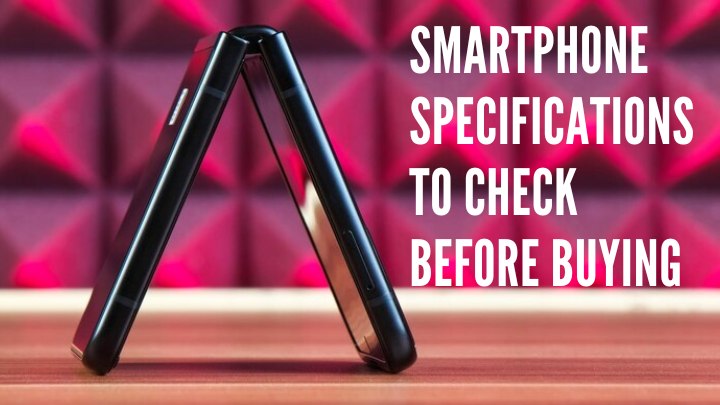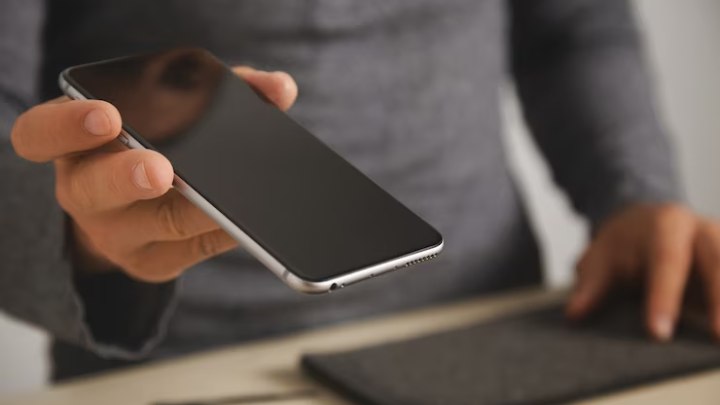
The smartphone specifications can be pretty daunting for those who want to purchase a mobile. There are a lot of options available in the market. Smartphones come in all forms and sizes. Different companies also manufacture them. How do you know which one is the best for your needs?
Whether you’re looking for an iPhone or Android device, here’s a quick and easy read on various factors to consider when buying a smartphone.
1. Operating system
The two most common operating systems are Android and iOS.
Android is an open-source operating system developed by Google and is used by a wide range of device manufacturers, including Samsung, LG, and Google’s Pixel line. It offers a high degree of customization and a large app selection from the Google Play Store.
iOS is the operating system used by Apple for its iPhone line of devices. It is known for its intuitive user interface and tightly controlled app ecosystem. Apple updates its operating system regularly, ensuring users have access to the latest features and security updates.
Both operating systems have their pros and cons. It will be your decision regarding which one to opt.
2. Display quality
Color accuracy and brightness are more important than just resolution. A display with high color accuracy will give you more natural and vibrant colors, while a bright display is useful for outdoor use or in bright environments. A minimum resolution of 720p and a pixel density of 300 PPI is sufficient for most users, but if you’re looking for a higher quality display, consider a 1080p or even a 4K resolution. However, keep in mind that a higher resolution display will consume more battery and may affect performance.
The display technology used should be considered. It includes LCD or OLED. OLED displays offer better contrast, deeper blacks, and improved color accuracy, while LCDs are typically more affordable and offer better battery life. Ultimately, the best display will depend on your individual preferences and needs, so it’s important to do some research and compare different displays before making a purchase. It is one of the main smartphone specifications to look for.
3. Screen size
Screen size is a personal preference and depends on how you plan to use your smartphone.
If you have small hands or prefer one-handed use, a smaller screen size of 4.7 to 5.5 inches may be more suitable. If you enjoy multimedia activities such as playing games, watching videos, or multitasking, a larger screen in the range of 5.5 to 6.7 inches (often referred to as “phablets”) may offer a better experience. Remember that larger screens can make the device more cumbersome to carry and handle, so consider your priorities and choose the screen size that fits your needs.
4. Processor
The processor is a key component determining a smartphone’s performance. Mid-range processors, such as the Qualcomm Snapdragon 660 or the Exynos 7885, are sufficient for most users. They offer good performance for everyday tasks such as browsing the web, checking email, and using social media apps.
However, if you’re into high-resolution games and demanding apps, you may consider a device with a more powerful processor, such as the Qualcomm Snapdragon 821 or the Apple A10. These processors offer improved performance and can handle more intensive tasks without slowing down or stuttering.
It’s also important to consider the amount of RAM, as more RAM will allow your device to run more apps and tasks simultaneously without slowing down.

5. Storage
Internal storage is another important factor to consider in the list of smartphone specifications. Today, a smartphone with an internal storage of 16GB is generally considered insufficient for most users, as it may quickly fill up with apps, photos, and videos. If you plan to install many games or shoot many HD photos and videos, a device with at least 64GB of internal storage is recommended. Some high-end smartphones now offer up to 256GB of internal storage, providing ample space for all your media and apps.
While iPhones do not have expandable storage, Android devices often have a microSD card slot, which allows you to add more storage as needed. If you’re on a budget and need a lot of storage, opting for an Android device with a microSD card slot may be more economical.
6. Camera
Camera quality is an important factor for many smartphone users, but the number of megapixels is one of many things to consider. While more megapixels may sound impressive, they don’t necessarily translate to better-quality photos. For the average user, it’s more important to focus on factors such as lens quality, aperture (the lower the number, the better), night-time shooting capabilities, and special features such as dual lenses.
A wider aperture allows more light into the camera, resulting in better low-light performance, and dual lenses can offer improved zoom and depth-of-field effects. It’s also important to consider the camera’s image processing software, as it can greatly impact the quality of your photos. Consider checking reviews and sample photos taken with the camera to understand its capabilities better. Ultimately, the best camera will depend on your individual needs and the type of photos you plan to take.
7. Battery life
Battery life is a critical factor for many smartphone users, and the capacity of a device’s battery is often measured in milliampere-hours (mAh). However, other factors, such as processor efficiency, display size, and usage patterns, can also impact a smartphone’s battery life, so it’s important to consider these factors. As a rough guideline, aim for a smartphone with at least 3,000 mAh of battery capacity to ensure that you can get close to a single charge that can last a day. The actual battery life will depend on how you use your device and may vary from the manufacturer’s estimates.
If you’re a heavy user who relies heavily on your smartphone for work or entertainment, consider choosing a device with a larger battery or one that supports fast charging. Additionally, consider turning off features you don’t need and reducing screen brightness to extend battery life.
Make sure to follow these smartphone specifications to consider when buying a mobile, but your main concern should be your own needs. Before buying a new smartphone, make a list of your top choices and research further on each by reading reviews online.
